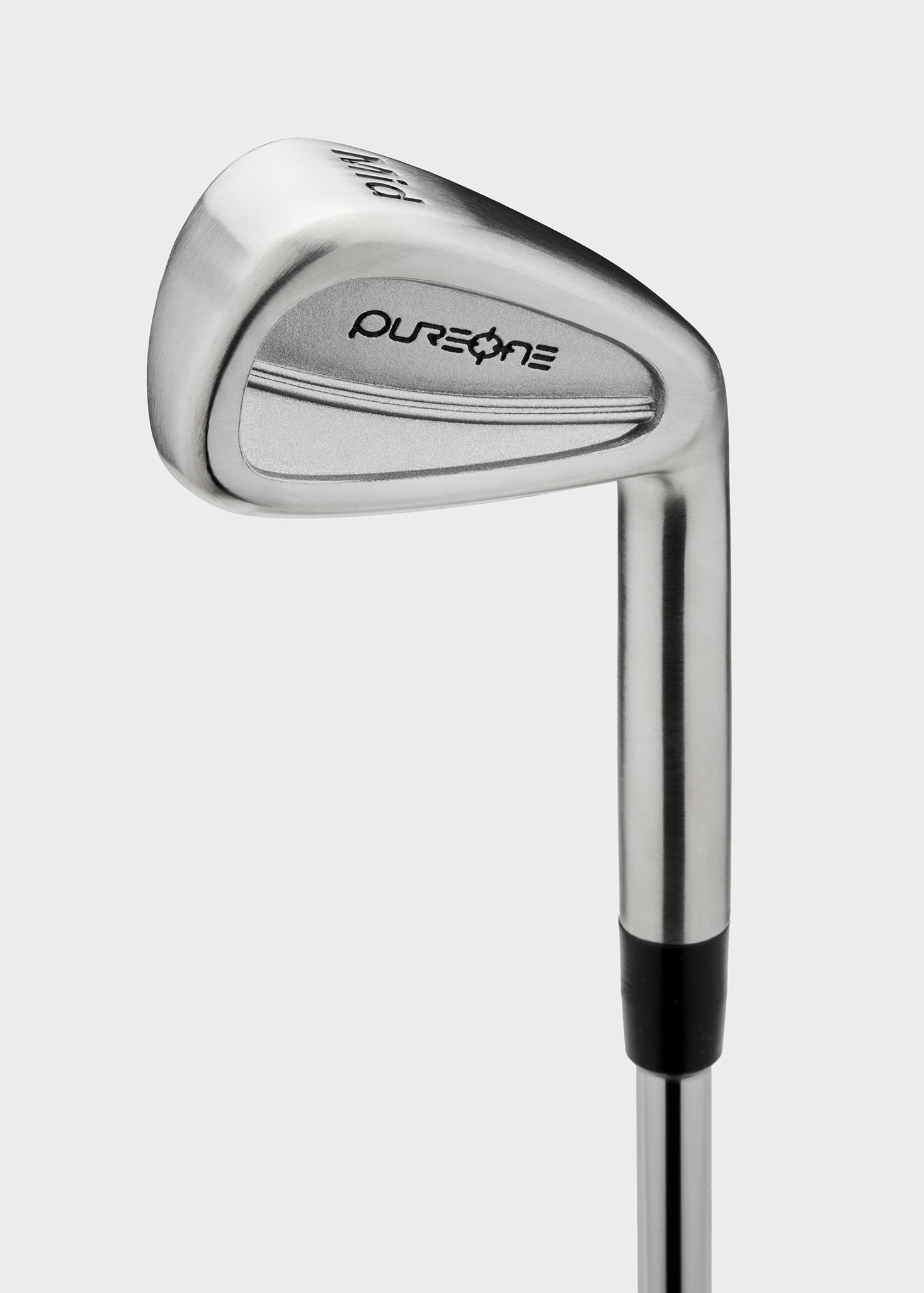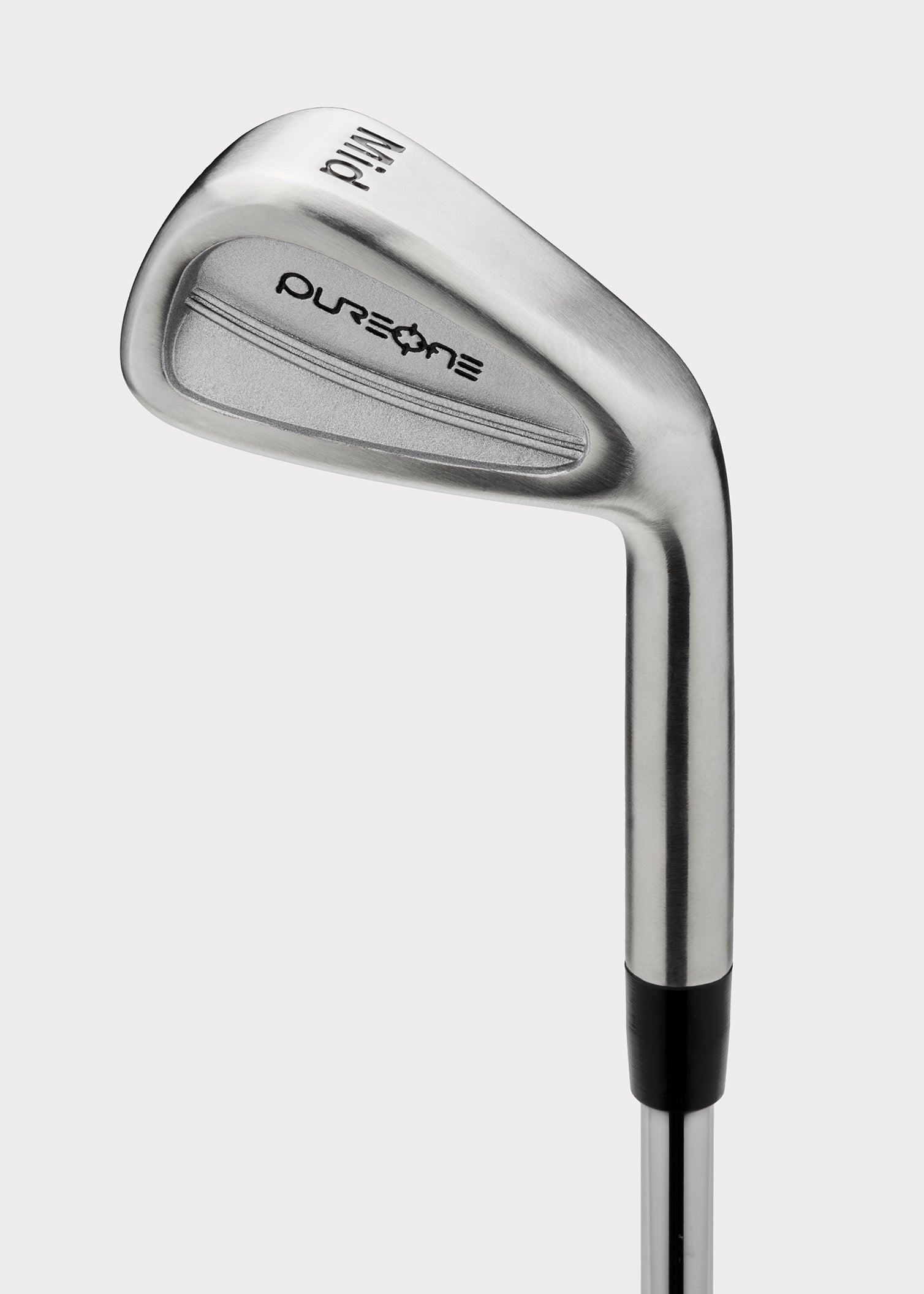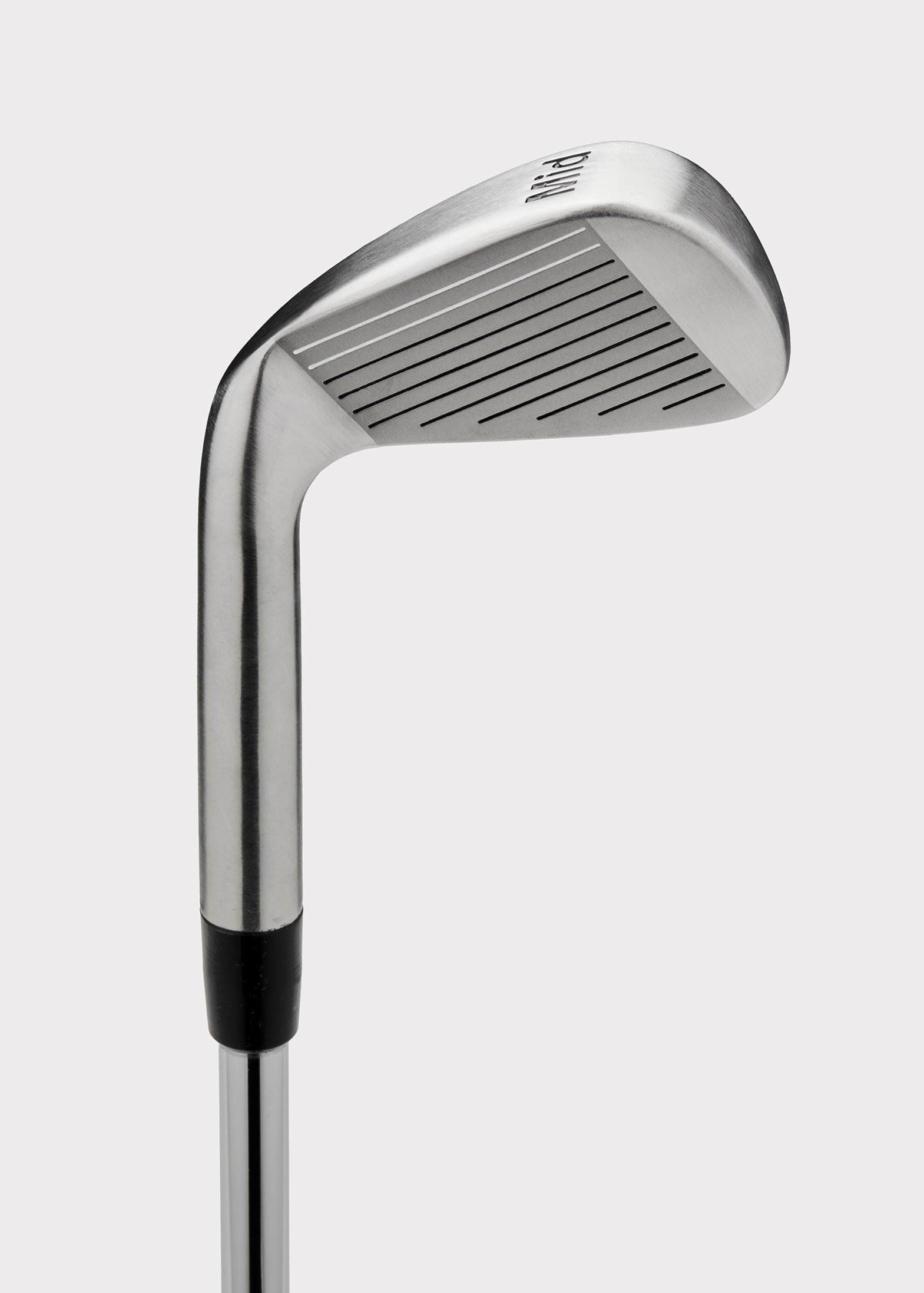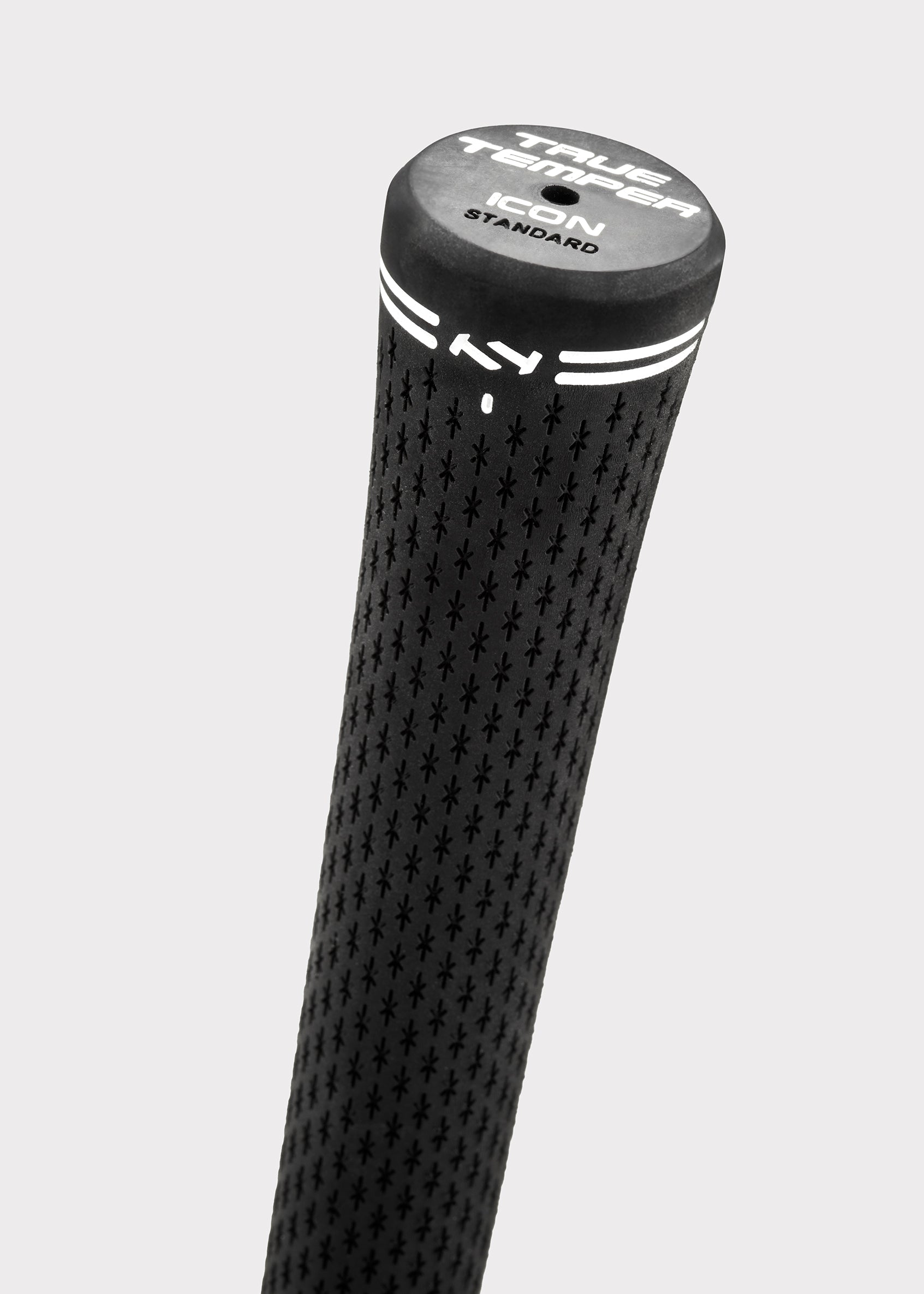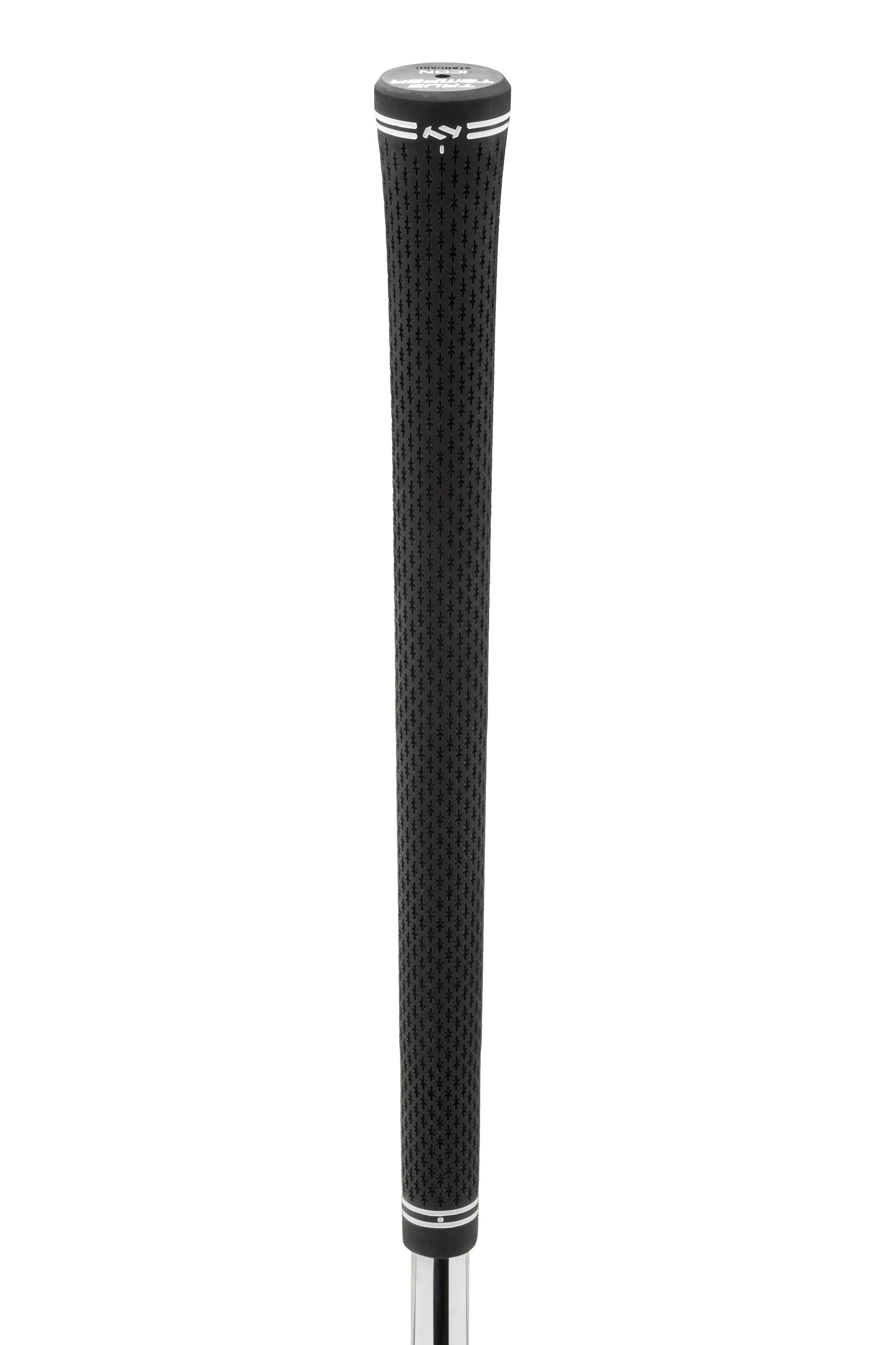Breaking 90 in golf is one of those accomplishments that every player hopes to achieve one day. Unlike breaking 100, breaking 90 proves that you've identified solid golf practice routines, have elevated your ball-striking and putting, and have cut-out those frustrating big numbers on the scorecard.
Most importantly, breaking 90 in golf shows that you want to get better, and that you're maximizing your talent — meaning you aren't adding unnecessary strokes each round.
A major difference I've noticed between shooting 95 and consistently breaking 90 isn't about buying a new driver or mastering some complicated swing technique. It's about three fundamental aspects of the game that most recreational golfers completely overlook.
So what are they? I break each down below, which will go a long way in helping you improve on your quest towards breaking 90.
Your Rushed (or Non-Existent) Pre-Shot Routine
When I ask my students about their pre-shot routine, most give me a blank stare or mention something vague about taking a practice swing. Meanwhile, I've never met a single-digit handicapper who doesn't have a consistent, deliberate pre-shot routine.
Your pre-shot routine is meant to serve as the mental reset button that helps prepare your body and mind for the shot ahead. Without it, you're essentially hitting each shot cold, with your thoughts scattered and your body tense.
A proper routine doesn't need to be elaborate. Simply start behind the ball, visualize the shot you want to hit, take one practice swing that rehearses the exact feeling you're trying to create, then step in and pull the trigger (within 5-7 seconds of addressing the ball).
The magic happens when this becomes automatic. When you're standing on the 15th tee with water down the right side and out-of-bounds on the left, your routine becomes your safe harbor — a familiar process that keeps panic at bay and helps you execute under pressure.
I've seen players drop 5-6 strokes simply by implementing this one change. It's that powerful.
Your Golf Grip is Sabotaging Your Swing
Here's a sobering truth: About 75 percent of weekend golfers have a fundamentally flawed golf grip — and no amount of swing changes will ever overcome a poor grip.
The grip is your only connection to the golf club. When it's incorrect, you're forced to make compensations throughout your swing, creating inconsistency and robbing you of distance.
It's not wonder why the world's best golfer, Scottie Scheffler, uses a grip trainer to help dial in his hand position before ever hitting a golf ball.
The most common issue I see is a grip that's too weak (with both hands rotated too far to the left for right-handed golfers). This makes it nearly impossible to square the clubface consistently at impact.
To correct this, look down at your grip. For right-handed golfers, you should see at least two knuckles on your left hand. Your right hand should sit more on top of the club rather than wrapped completely underneath it. The "V" formed between your thumb and forefinger on both hands should point somewhere between your right shoulder and right ear.
This stronger position might feel strange at first, but it allows your wrists to hinge properly and your body to rotate through impact without manipulating the clubface. Give yourself two weeks to adapt, and you'll be amazed at how much more solid your contact becomes.
Breaking 90 in Golf Means Adapting Your Short Game Mindset
The final piece of the breaking-90 puzzle lies in your approach to the short game. Most weekend golfers I teach are trying to hit perfect shots around the green, aiming for the hole when they should be focusing on getting the ball on the putting surface with a chance to one-putt.
Remember, golf is a game of percentages. From 30 yards and in, your goal isn't to hole out, it's to eliminate the possibility of disaster. That means choosing higher percentage shots that minimize risk — like hitting a bump and run to keep the ball near the ground.
Sure, it's fun to hit flop shots over a bunker to a tight pin, but that's such a risky shot that, if you fail, your scorecard could balloon. Instead, use a 60-degree wedge and play a safe pitch shot to the fat part of the green, then go trust your putting.
By embracing this "safety first" mindset near the greens, you'll start avoiding big numbers that ruin your scorecard — giving you a much better chance to break 90.
So master these three fundamentals and I promise you'll be sharing stories about your best round ever sooner than you think.
Brendon Elliott is an award-winning PGA Professional and golf coach, having earned 25+ Prestigious Industry Awards in his career. As a freelance writer, his golf instruction articles have also been published by PGA.com, PGA Magazine, Golf.com, and GolfWRX. You can discover more about Elliott on his website.

